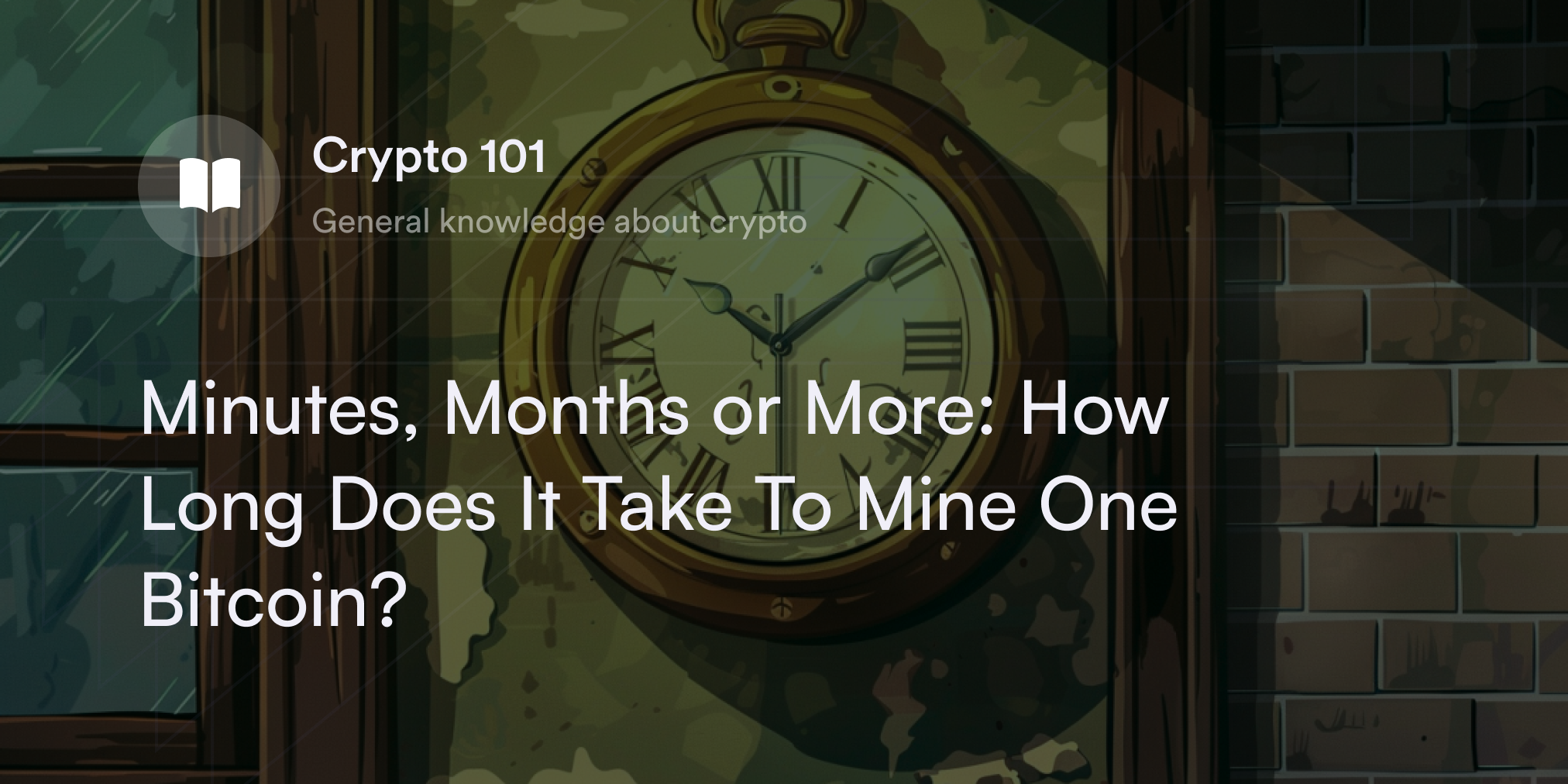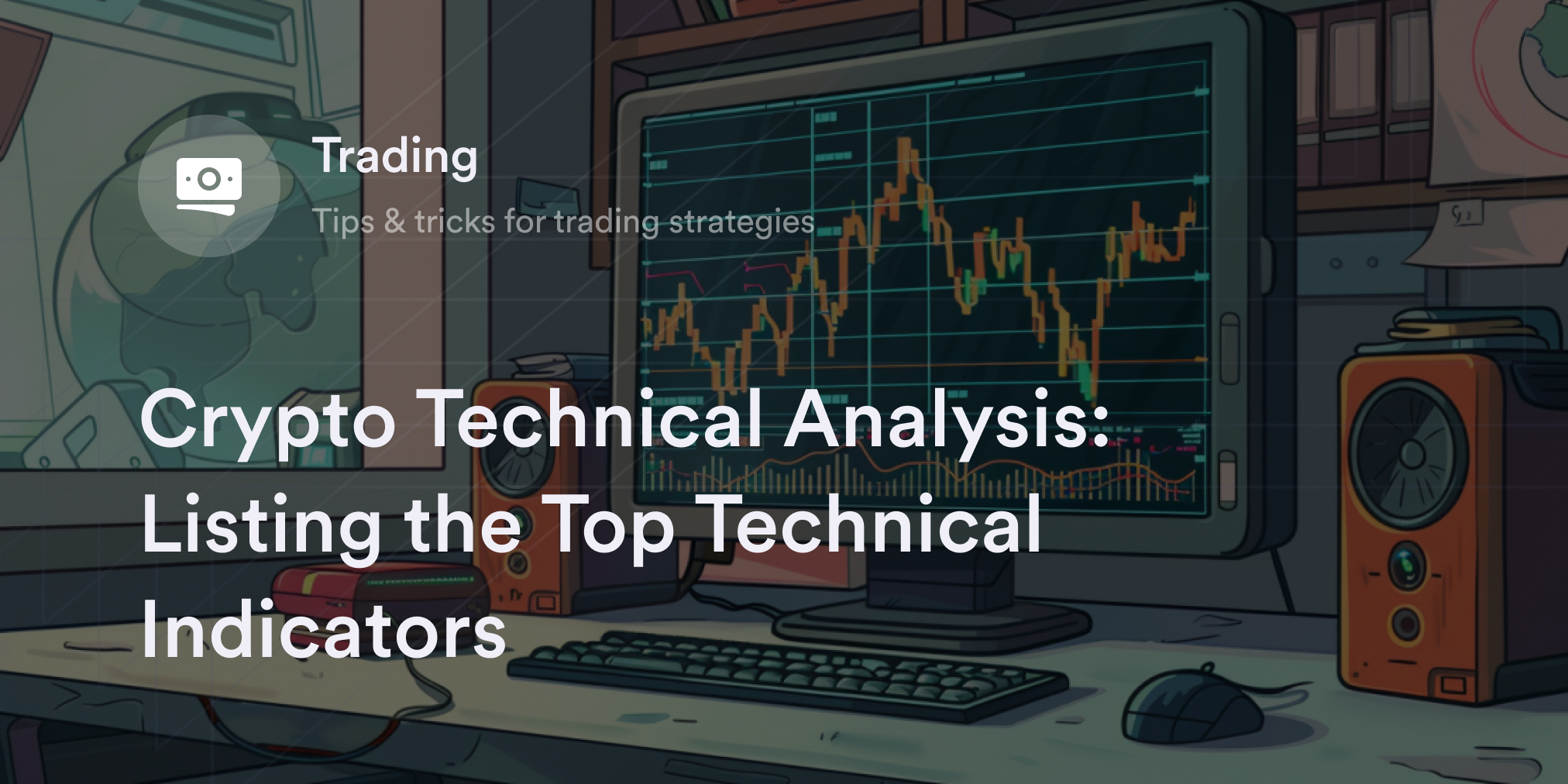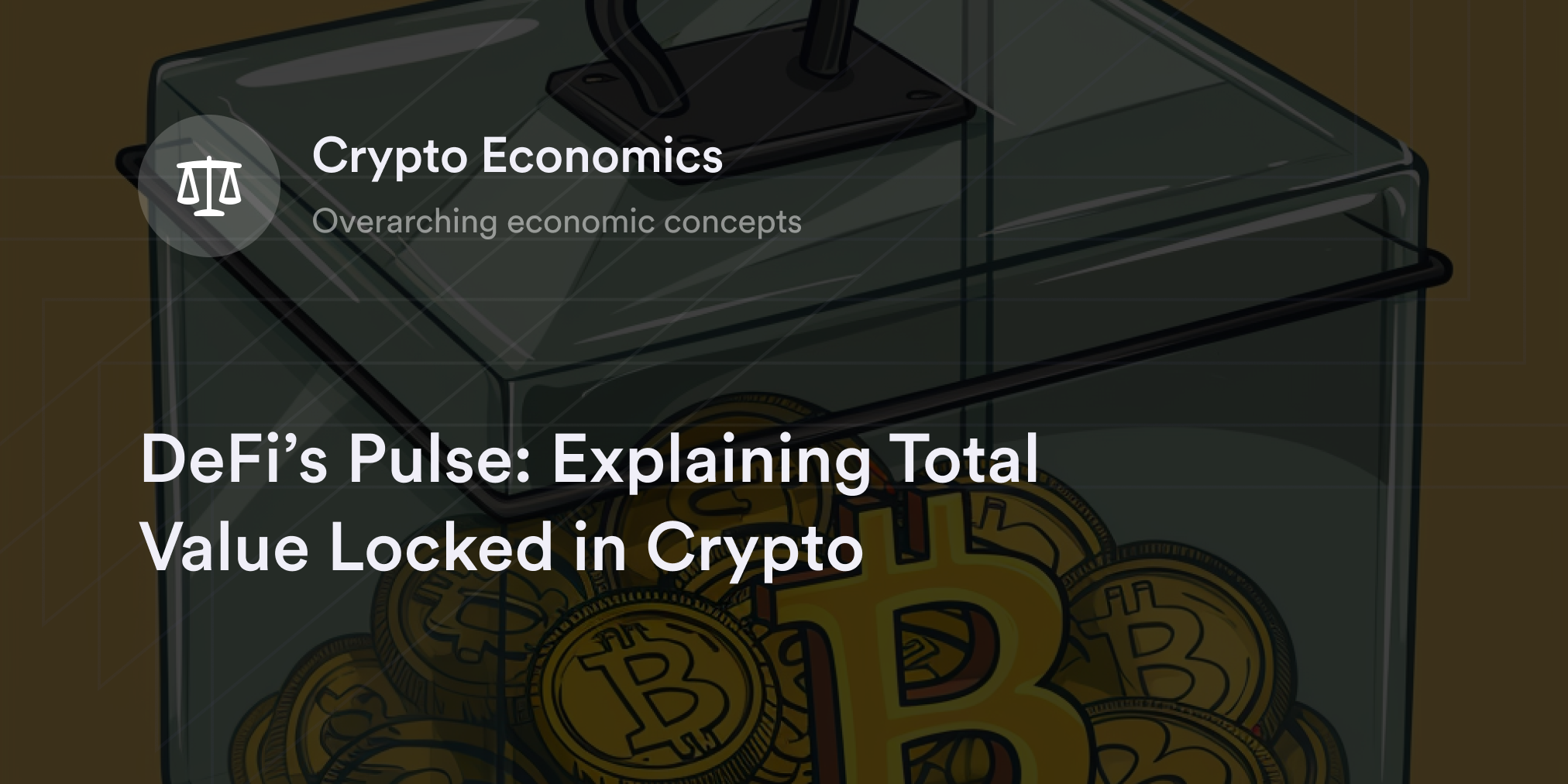


Buy once, get paid forever: It might sound too good to be true, but those are exactly the terms traders can get with perpetual bonds. Like traditional bonds, perpetual bonds entitle holders to a steady stream of fixed payments.
In this guide, we’ll discover what perpetual bonds are in crypto, how they work, and how to calculate their value. We’ll also review their benefits and limitations.
What are perpetual bonds?
Standard bonds, issued by corporations and governments to raise funding, offer fixed coupon payments throughout the bond’s lifespan, which is bounded by a set maturity date by which the principal must be fully paid back, or redeemed, by the issuer. Perpetual bonds––also called perp bonds or consol bonds––work similarly.
The key difference between a typical bond—which is any bond with a repayment deadline—and a perpetual bond is that the latter is issued without a maturity date. In theory, this means that the holder of a perpetual bond may receive payments from it for their entire life, and the bond may even outlive its owner. In other words, the perpetual duration is not specified ahead of time and may be indefinite.
In practice, many perpetual bonds are issued with call features, providing the issuer with the option to redeem them by satisfying predefined conditions after a specified period of time. Because of their unique features, perpetual bonds consist of a small niche in the overall bond market.
Because they entitle the holder to regular payouts, much like shares that pay dividends, perpetual bonds are sometimes considered more akin to equities than debt securities. However, dividend payments are usually not fixed, and purchasing a perpetual bond doesn’t confer voting rights.
Buyers value perpetual bonds for the long-term income stream they provide, and issuers enjoy the flexibility of being able to redeem bonds at a time optimal for them and their balance sheet rather than being obligated to redeem them by a fixed maturity date.
How do perpetual bonds work?
The lifecycle of a perpetual bond begins when a company or government issues a bond to raise capital. The terms are defined before the bond is issued, and the issuer is obligated to continually pay interest on the principal amount. Issuers often put a call feature in place so they can eventually redeem the bond after a set period of time if they so choose.
After selling bonds, issuers pay out fixed payments to bondholders at regular intervals on an ongoing basis until the issuer optionally decides to exercise the call feature and redeem the bond. Perpetual bonds can also be traded on the secondary market.
Example of a perpetual bond
A famous real-world example of a perpetual bond is the War Loan, a £1.94 billion perpetual bond issued by the U.K. government to raise funding for its involvement in World War I.
The War Loan continued to pay holders 3.5% until the U.K. government redeemed the bond in 2015, nearly 100 years after the debt was first issued.
How to calculate a perpetual bond’s value
Calculating the present value of a perpetual bond is straightforward. The figure is calculated by dividing the fixed coupon payment by a constant discount representing the rate at which money loses value over time:
Present value = D / r
Where D is the fixed payment the bond generates and r is a discount rate applied to the bond.
Using the War Loan example, a $10,000 War Loan bond at 3.5% interest would yield $350 annually. Dividing this amount by a discount rate of 5%, for example, gives a present value of $7,000.
Over the long term, the value of a perpetual bond will eventually reach zero due to the influence of inflation and other factors.
Pros of perpetual bonds
With their flexible nature and indefinitely long-term income stream, perpetual bonds have several key advantages. Here are a few
Ongoing interest payments: Since perpetual bonds have no maturity date, they can provide payments forever (at least in theory).
Higher rates: To compensate for not having a maturity date, perpetual bonds typically offer higher coupon payment rates than standard bonds.
Fixed income: Perpetual bonds are ideal for traders seeking to generate a stream of regular, fixed income that’s not susceptible to market fluctuations, a feature especially valuable during a bear market. Terms are laid out in advance, so buyers know exactly what they’ll get.
Low risk: Perpetual bonds are considered a lower-risk buy than many financial instruments since payments are fixed and not subject to the whims of the market. Further, if a bond issuer goes bankrupt, bondholders’ claims take priority over shareholders’ claims.
Simplicity: Holders don’t need to think about trading or rebalancing until the issuer decides to call the bond because of no maturity date. There’s no need to worry about bear call spreads or bullish pennants when working with perpetual bonds.
Cons of perpetual bonds
Like any asset, perpetual bonds have a few potential pitfalls to watch out for. Here are a few:
Callable: While an unredeemed perpetual bond can provide income indefinitely, many perpetual bonds have a call feature that allows them to be redeemed by satisfying certain conditions after a specified amount of time has elapsed.
Interest rate risk: Bonds can be sensitive to fluctuating interest rates in the market. If market rates increase after purchasing a perpetual bond, that bond remains locked into the lower rate, reducing its value in a market where better options are available.
Credit risk: A bond issuer may experience bankruptcy or default on payments for other reasons before the purchaser has recouped costs.
Opportunity cost: As with any financial instrument, money spent on perpetual bonds is money that can’t be spent on other, potentially more profitable assets.
Trade crypto perpetuals on dYdX
dYdX offers eligible traders access to a premier decentralized platform to trade crypto perpetuals with low fees, deep liquidity, and up to 20x buying power. Find more about our platform and the dYdX Chain on our official blog.
Those looking to upgrade their crypto knowledge can turn to dYdX Academy, our in-house resource library that includes guides on all things web3 and blockchain.
Eligible traders can start trading on dYdX today.
Disclosures
The content of this article (the “Article”) is provided for general informational purposes only. Reference to any specific strategy, technique, product, service, or entity does not constitute an endorsement or recommendation by dYdX Trading Inc., or any affiliate, agent, or representative thereof (“dYdX”). Use of strategies, techniques, products or services referenced in this Article may involve material risks, including the risk of financial losses arising from the volatility, operational loss, or nonconsensual liquidation of digital assets. The content of this Article does not constitute, and should not be considered, construed, or relied upon as, financial advice, legal advice, tax advice, investment advice, or advice of any other nature; and the content of this Article is not an offer, solicitation or call to action to make any investment, or purchase any crypto asset, of any kind. dYdX makes no representation, assurance or guarantee as to the accuracy, completeness, timeliness, suitability, or validity of any information in this Article or any third-party website that may be linked to it. You are solely responsible for conducting independent research, performing due diligence, and/or seeking advice from a professional advisor prior to taking any financial, tax, legal, or investment action.
You may only use the dYdX Services in compliance with the dYdX Terms of Use available here, including the geographic restrictions therein.
Any applicable sponsorship in connection with this Article will be disclosed, and any reference to a sponsor in this Article is for disclosure purposes, or informational in nature, and in any event is not a call to action to make an investment, acquire a service or product, or purchase crypto assets. This Article does not offer the purchase or sale of any financial instruments or related services.
By accessing this Article and taking any action in connection with the information contained in this Article, you agree that dYdX is not responsible, directly or indirectly, for any errors, omissions, or delays related to this Article, or any damage, injury, or loss incurred in connection with use of or reliance on the content of this Article, including any specific strategy, technique, product, service, or entity that may be referenced in the Article.







